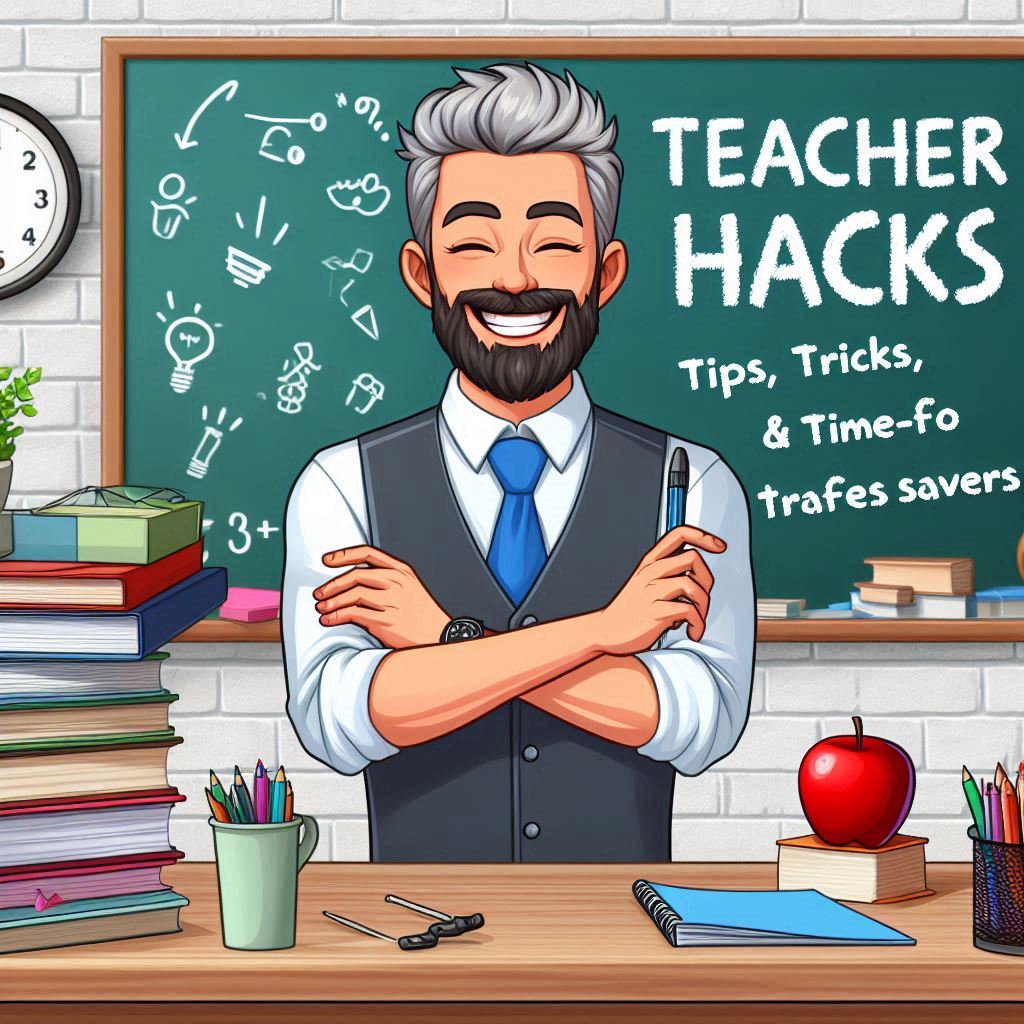Introduction:
Chemical reactions are the heart of chemistry, and understanding them is crucial for senior secondary students. As a chemistry teacher, you play a vital role in helping your students grasp this complex concept. In this blog post, we'll delve into tips and resources to make teaching chemical reactions engaging and effective.Tip 1: Use Visual Aids
Visual aids like diagrams, videos, and animations can help students understand the abstract concepts of chemical reactions. Utilize online resources like PhET Interactive Simulations or Chemistry LibreTexts to illustrate reaction mechanisms and processes.Tip 2: Conduct Experiments and Demonstrations
Hands-on experiments and demonstrations are essential for students to witness chemical reactions firsthand. Try simple experiments like the combustion of methane or the reaction between baking soda and vinegar to captivate your students.Tip 3: Encourage Student-Centered Learning
Encourage students to design and conduct their own experiments, allowing them to explore chemical reactions in a more immersive and engaging way. This approach develops critical thinking, problem-solving, and collaboration skills.Tip 4: Use Real-World Examples
Connect chemical reactions to real-world scenarios, making the concept more relatable and interesting. Discuss applications in industries like medicine, energy, or manufacturing to highlight the significance of chemical reactions.
Resources:
- Online Resources:
- Crash Course Chemistry (YouTube)
- Chemistry Lab Simulations (online lab experiments)
- Khan Academy Chemistry (video lectures)
Print Resources:
- Chemistry: An Atoms First Approach (textbook)
- Chemistry Lab Manual (lab manual)
- Chemistry: Principles and Reactions (workbook)
Assessment and Evaluation:
- Formative Assessments: quizzes, class discussions, concept maps
- Summative Assessments: lab reports, essays, exams
- Performance Tasks: design an experiment, create a video or presentation
Conclusion:
Teaching chemical reactions can be a rewarding experience with the right approaches and resources. By incorporating visual aids, experiments, student-centered learning, and real-world examples, you can create an engaging and effective learning environment for your senior secondary students.Mr.Manoj
Department of Science
You may also like
Related posts
-
Breaking Down Complex Concepts:
Unraveling The Mysteries
-
Taking Senior Secondary Maths to the Next Level:
Strategies for
Success -
Teacher Hacks:
Tips, Tricks, And Time-Savers For A Stress-Free Classroom, Teaching is a challenging ...


